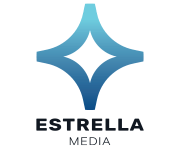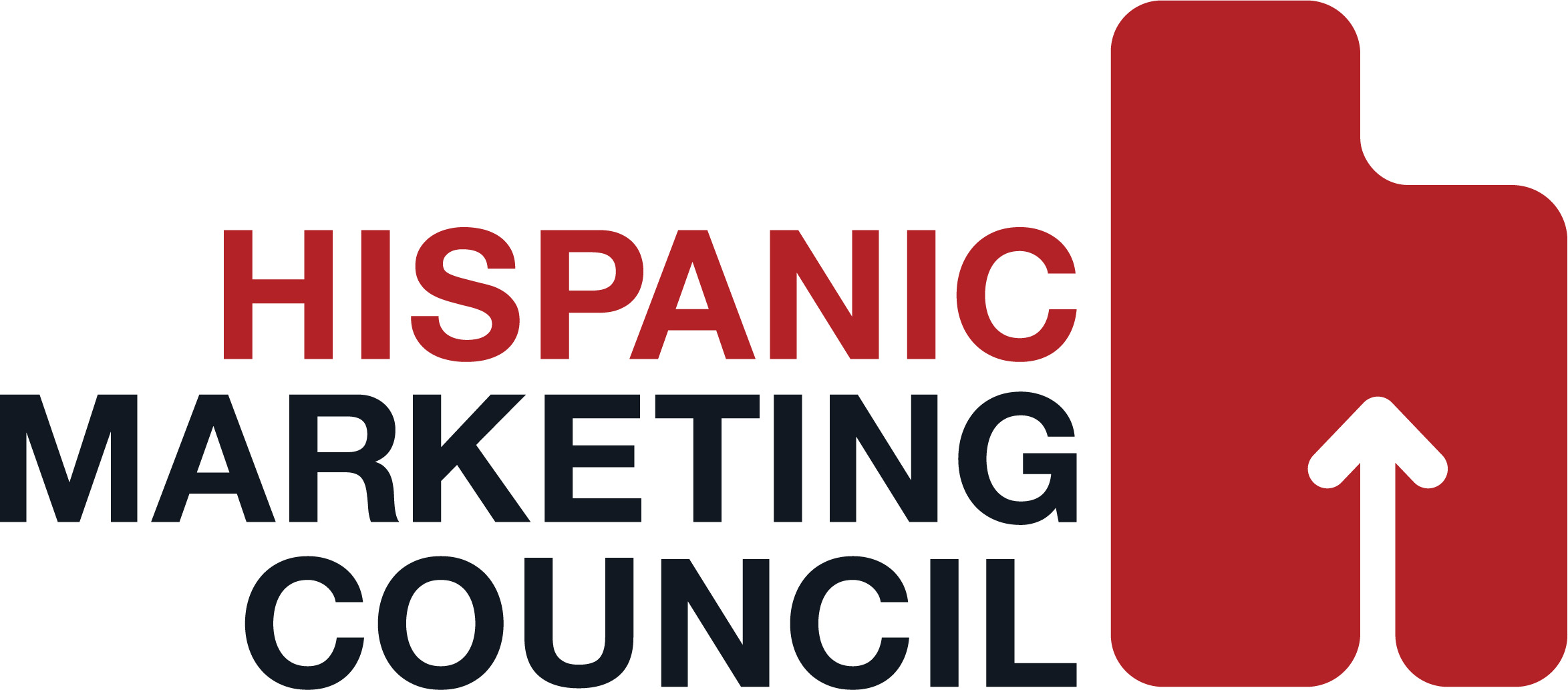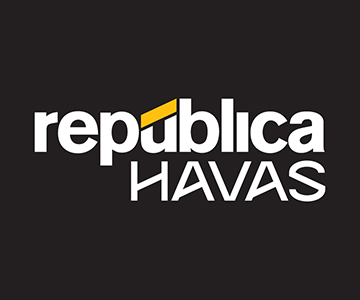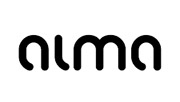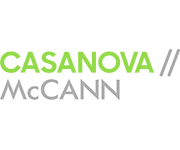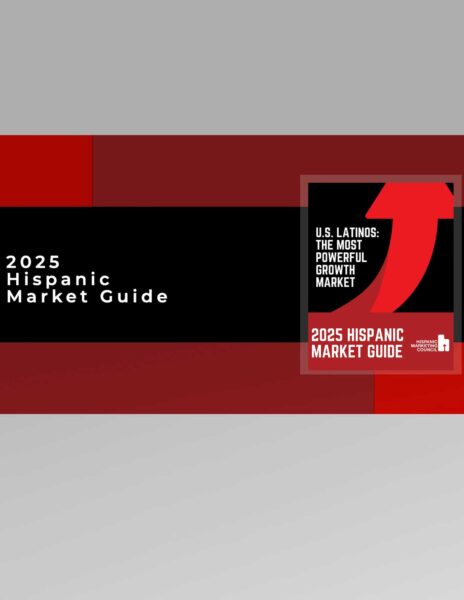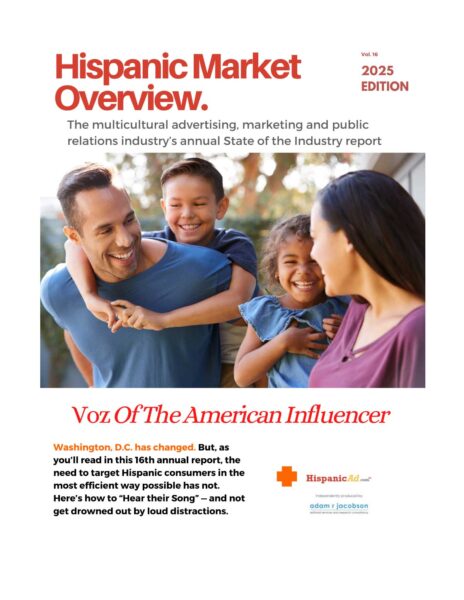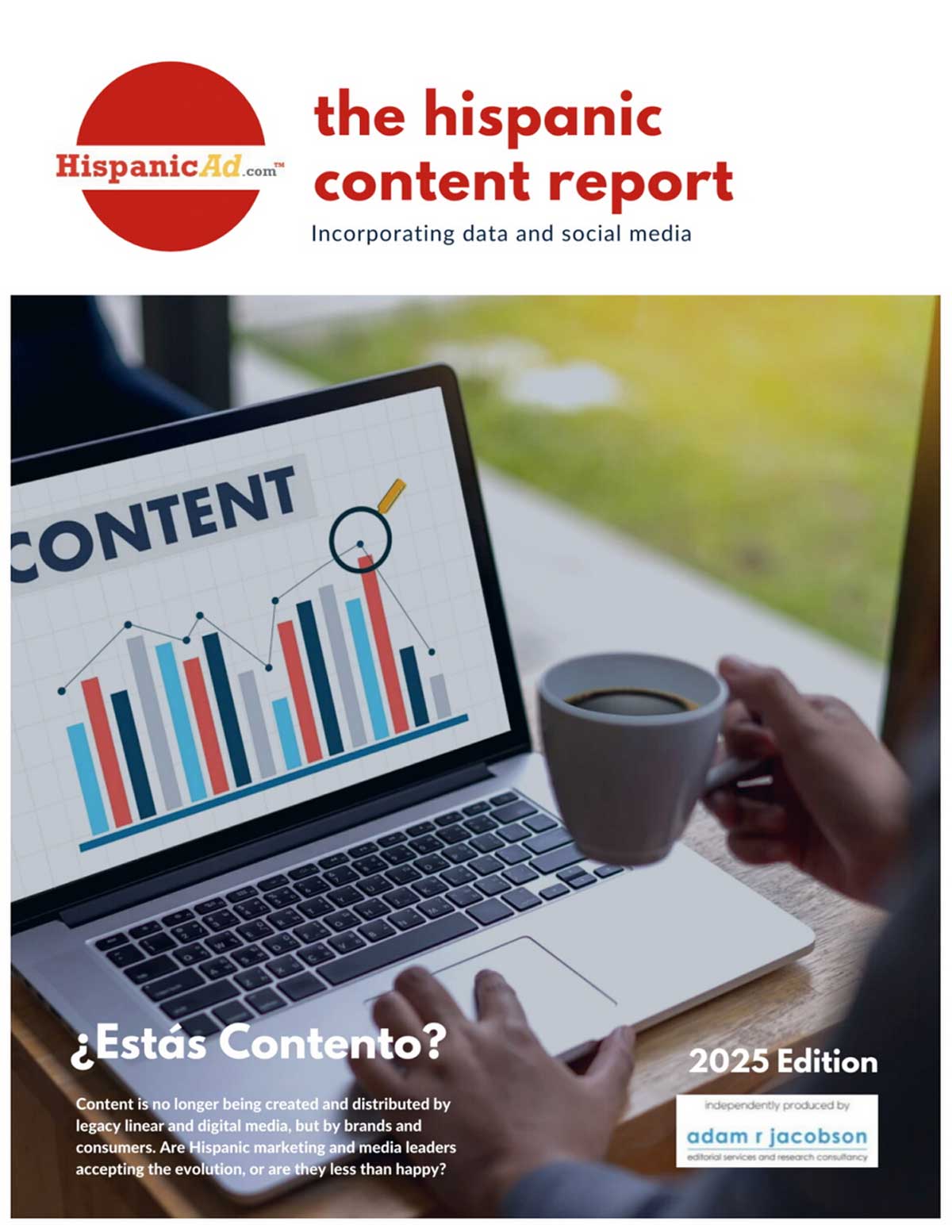How Agencies Can Make The Best Of A Lost Pitch
 Some years ago, an agency owner came to me seeking help with their new business efforts. They were no longer being asked to participate in pitches, and their prospective opportunities seemed to be shrinking. By Mark Duval – The Duval Partnership
Some years ago, an agency owner came to me seeking help with their new business efforts. They were no longer being asked to participate in pitches, and their prospective opportunities seemed to be shrinking. By Mark Duval – The Duval Partnership


 Despite a pace of economic decline that will produce the worst economy since the Great Depression, the ad market might end up falling by little more than we saw 2001. It will certainly be better than in 2008 during the fallout of the global financial crisis.
Despite a pace of economic decline that will produce the worst economy since the Great Depression, the ad market might end up falling by little more than we saw 2001. It will certainly be better than in 2008 during the fallout of the global financial crisis. A decade of media evolution has taken place in a few short months. Our latest report assesses which audience behaviours and industry dynamics will stick into 2021
A decade of media evolution has taken place in a few short months. Our latest report assesses which audience behaviours and industry dynamics will stick into 2021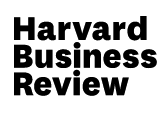 Covid-19 has shattered the demand forecasts that guide retailers and suppliers of consumer goods and services in figuring out how much to order or manufacture, where to stock inventory, and how much to advertise or discount. Early on during the pandemic, sudden lockdowns and a shift to working from home caused panic buying of many food items and household goods. Some items sold out while others languished on shelves.
Covid-19 has shattered the demand forecasts that guide retailers and suppliers of consumer goods and services in figuring out how much to order or manufacture, where to stock inventory, and how much to advertise or discount. Early on during the pandemic, sudden lockdowns and a shift to working from home caused panic buying of many food items and household goods. Some items sold out while others languished on shelves. Círculo Creativo USA announced today that Flor Leibaschoff has been elected as its new President for the 2021-22 term.
Círculo Creativo USA announced today that Flor Leibaschoff has been elected as its new President for the 2021-22 term. For the US Hispanic Market, Miami based ALMA and New York based d exposito & Partners were honored in several categories.
For the US Hispanic Market, Miami based ALMA and New York based d exposito & Partners were honored in several categories.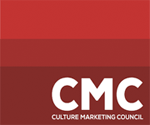 America is undergoing a process of social transformation. As a nation, this is impacting corporate America, the advertising and marketing industry and is encouraging dialogue of equity and inclusion regarding ethnic sectors. A recent initiative launched last week has prompted the Culture Marketing Council (CMC), the voice of Hispanic marketing to comment.
America is undergoing a process of social transformation. As a nation, this is impacting corporate America, the advertising and marketing industry and is encouraging dialogue of equity and inclusion regarding ethnic sectors. A recent initiative launched last week has prompted the Culture Marketing Council (CMC), the voice of Hispanic marketing to comment. How many marketers does it take to build a brand?
How many marketers does it take to build a brand? With the nation’s leading multicultural marketing executives logged on to participate in the virtual 2020 ANA Multicultural Marketing & Diversity Conference, which began Tuesday with strong sessions from Procter & Gamble Chief Brand Officer Marc Pritchard and Nestlé U.S. CMO Alicia Enciso, the ANA released a new diversity report that paints a sober picture of just how lacking diversity remains in the U.S. marketing industry. By Adam R Jacobson / Radio + TV Business Report
With the nation’s leading multicultural marketing executives logged on to participate in the virtual 2020 ANA Multicultural Marketing & Diversity Conference, which began Tuesday with strong sessions from Procter & Gamble Chief Brand Officer Marc Pritchard and Nestlé U.S. CMO Alicia Enciso, the ANA released a new diversity report that paints a sober picture of just how lacking diversity remains in the U.S. marketing industry. By Adam R Jacobson / Radio + TV Business Report GROWTH. If there is one word that best describes the imperative nature of marketing and the priority shared by all CMOs in these unprecedented times, this is it. Growth has never been a greater priority than it is today. This is not a new idea of course. The industry and CMO community have rallied around the importance of marketing as a growth vehicle in prior years.
GROWTH. If there is one word that best describes the imperative nature of marketing and the priority shared by all CMOs in these unprecedented times, this is it. Growth has never been a greater priority than it is today. This is not a new idea of course. The industry and CMO community have rallied around the importance of marketing as a growth vehicle in prior years. In 1970, the United States Census Bureau coined the term “Hispanic” to reflect the growing population from Spanish-speaking countries. While many identify with the term, others prefer to call themselves “Latino” or “Latina,” reflecting their origin from a Latin-American country. But there’s a new contender on the scene: Latinx. By Jennifer Dellapina / Conill Advertising
In 1970, the United States Census Bureau coined the term “Hispanic” to reflect the growing population from Spanish-speaking countries. While many identify with the term, others prefer to call themselves “Latino” or “Latina,” reflecting their origin from a Latin-American country. But there’s a new contender on the scene: Latinx. By Jennifer Dellapina / Conill Advertising



